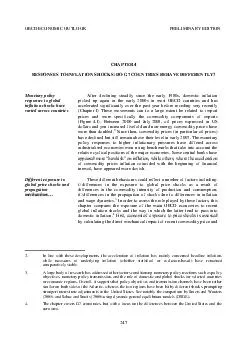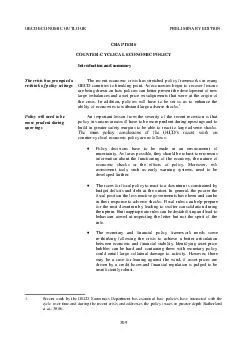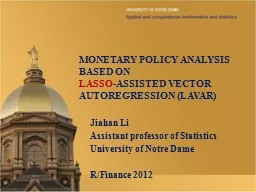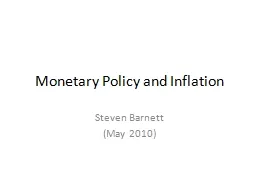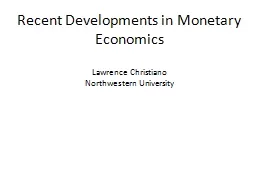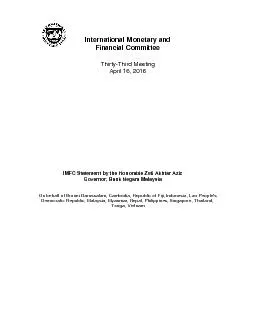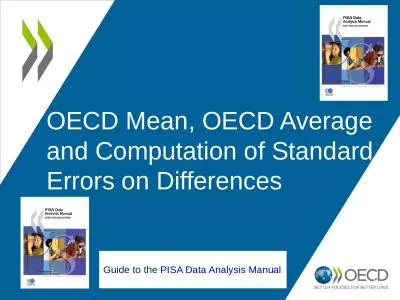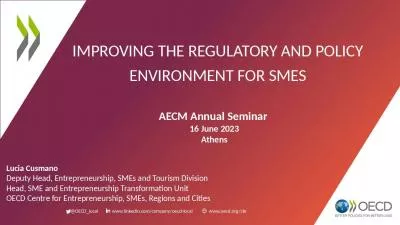PDF-OECD ECONOMIC OUTLOOK PRELIMINARY EDITION CHAPTER RESPONSES TO INFLATI ON SHOCKS DO
Author : calandra-battersby | Published Date : 2015-01-14
1 Between 2000 and July 2008 oil prices expressed in US dollars and yen increased five fold and non energy comm odity prices have more than doubled Since then commodity
Presentation Embed Code
Download Presentation
Download Presentation The PPT/PDF document "OECD ECONOMIC OUTLOOK PRELIMINARY EDITIO..." is the property of its rightful owner. Permission is granted to download and print the materials on this website for personal, non-commercial use only, and to display it on your personal computer provided you do not modify the materials and that you retain all copyright notices contained in the materials. By downloading content from our website, you accept the terms of this agreement.
OECD ECONOMIC OUTLOOK PRELIMINARY EDITION CHAPTER RESPONSES TO INFLATI ON SHOCKS DO: Transcript
Download Rules Of Document
"OECD ECONOMIC OUTLOOK PRELIMINARY EDITION CHAPTER RESPONSES TO INFLATI ON SHOCKS DO"The content belongs to its owner. You may download and print it for personal use, without modification, and keep all copyright notices. By downloading, you agree to these terms.
Related Documents

